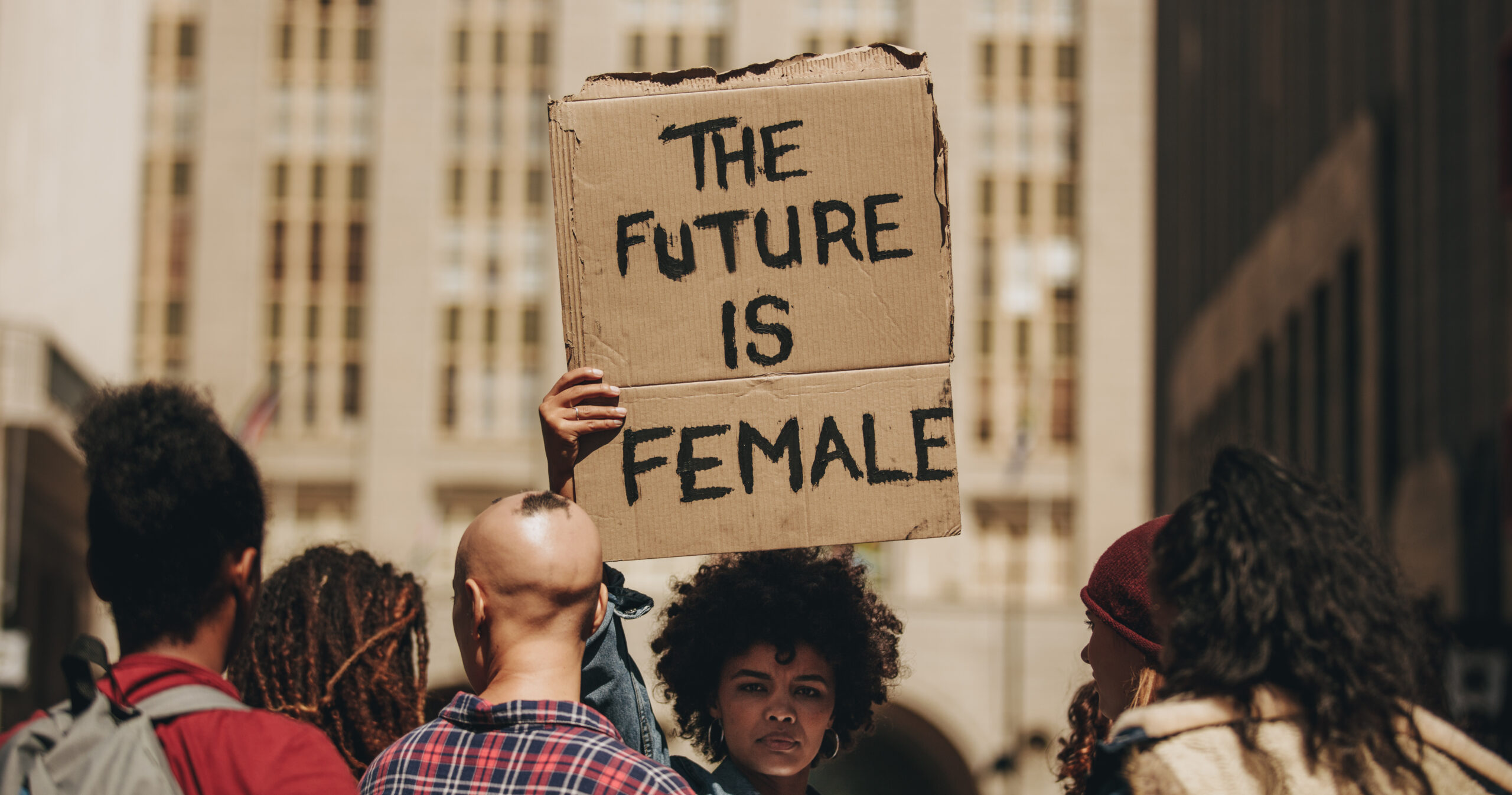Although the first wave of feminism occurred in the early 19th century, history is filled with strong, inspirational women. From warrior queens such as Cleopatra, Rani Lakshmibai and Chand Bibi to figures such as Joan of Arc, Rosa Parks and Marie Curie, women have played pivotal roles in various fields. The most striking and perhaps beautiful quality of feminism is that it holds a unique meaning for everyone.
India, for example, welcomed its first female president of tribal origin, Draupadi Murmu. Iran saw a sudden uniting force among its citizens who protested for women’s freedom following the death of Mahsa Amini. America recently bid farewell to Supreme Court justice, the feminist and cultural icon, Ruth Bader Ginsberg. Women in the Saudi Arabia are gradually receiving their rights to drive, work and purchase property, amongst other things. Spain recently celebrated the implementation of menstrual leave for working women – becoming the first European nation to do so.
While feminism is not yet perfect, women today have arrived at the precipice of empowerment. The world is riddled with issues of the subjugation of women, and Afghanistan’s current socio-political environment is a striking example. Feminism will continue to live, breathe, and fight as times change and the treatment of women continues to be an issue.
Undoubtedly, there are numerous critics of feminism and feminists – often labelling them as ‘angry, man-hating, shrill women’. The feminist waves have also been critiqued for excluding people of other genders and colours for an excruciatingly long time, and rightly so. Certain critics label the different waves of feminism as purely theoretical, with little impact on the daily lives of real women.
Like any movement, notion or concept in the world, feminism is not without its faults. Faults, that will hopefully be corrected by the present and upcoming generations to strive for a society that upholds the freedom, dignity, and rights of women. From achieving women’s representation in an array of fields to encouraging young girls from rural regions to attend school – feminism is a multifarious movement.

